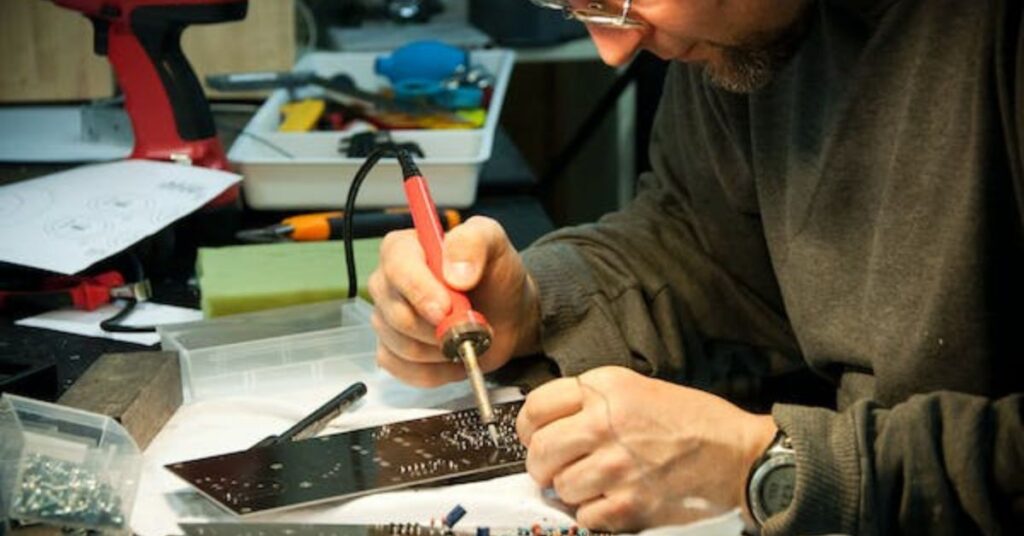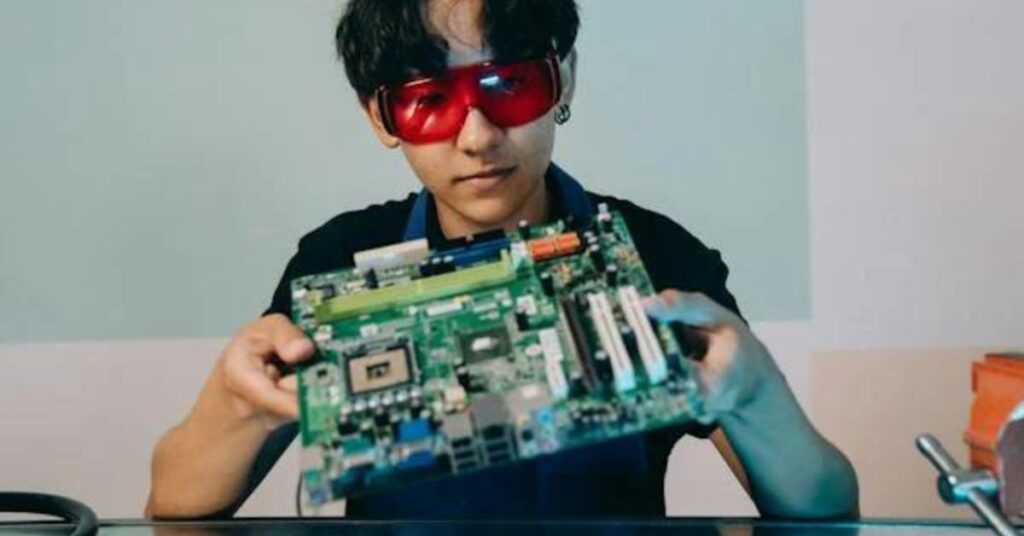With proper care and maintenance, motherboards can remain functional for many years before needing to be replaced.
Motherboards are a crucial component of any computer, but their expected lifespan is not always clear. Understanding the lifespan of motherboards can help you plan for upgrades and replacements, ensuring your computer stays running smoothly.
Table of Contents
Factors that impact motherboard longevity
- Build Quality and Manufacturing: Just like anything else, the quality of how a motherboard is made plays a big role in how long it lasts. Cheaper, poorly made boards might not hold up as well over time compared to higher-quality ones.
- Operating Conditions and Environment: Where you use your computer matters. Extreme temperatures, humidity, and dust can all take a toll on your motherboard over time.
- Frequency of Use: The more you use your computer, the more wear and tear your motherboard will experience. Heavy usage can potentially shorten its lifespan.
- Upgrades and Component Changes: Adding or changing components on your motherboard can affect its longevity. Sometimes, newer components might not play nice with an older motherboard, leading to issues down the line.
Further reading: What is the normal lifespan of a computer?
Signs your motherboard may be nearing the end of its life

- Frequent Crashes, Freezes, or Errors: If your computer starts acting up with sudden crashes, freezes, or error messages popping up frequently, it could be a sign that your motherboard is struggling to keep up.
- Corrosion or Physical Damage: Inspect your motherboard for any signs of corrosion, damage, or unusual discoloration. Physical wear and tear can indicate that your motherboard is nearing the end of its lifespan.
- Difficulty Supporting New Components: As technology advances, newer components may require more from your motherboard. If you find that your motherboard is having trouble supporting or recognizing newer hardware, it could be a sign that it’s reaching its limit.
- Outdated or Discontinued BIOS: The BIOS (Basic Input/Output System) is essential for your motherboard to function properly. If your BIOS becomes outdated or the manufacturer stops providing updates, it could lead to compatibility issues with newer hardware and software.
Maximizing your motherboard’s lifespan
- Keep it Clean and Dust-Free: Regularly clean your motherboard to remove dust and debris buildup. Dust can cause overheating and potentially damage sensitive components over time.
- Maintain Proper Airflow and Cooling: Good airflow and cooling are crucial for keeping your motherboard and other components at optimal temperatures. Ensure that your computer case has proper ventilation and consider adding extra fans if necessary.
- Avoid Overclocking: While overclocking can boost performance, it also puts additional strain on your motherboard and other components. Avoid overclocking if you want to prolong the lifespan of your motherboard.
- Use a Surge Protector: Power surges can wreak havoc on your motherboard and other electronic devices. Invest in a surge protector to protect your computer from unexpected spikes in voltage.
- Handle with Care During Upgrades: When upgrading or installing new components, handle your motherboard with care. Avoid static electricity by grounding yourself properly, and be gentle when inserting or removing components to prevent damage.
By following these tips, you can help maximize the lifespan of your motherboard and ensure that your computer stays running smoothly for years to come.
How long do motherboards last?

How long motherboards last can vary depending on several factors. Under normal use and with proper care, a motherboard can typically last anywhere from 5 to 10 years. However, with excellent maintenance, minimal upgrades, and careful handling, some motherboards can last even longer, reaching up to 15 to 20 years or more.
A motherboard’s lifespan is affected by various factors, including operating conditions, frequency of use, upgrades, and build quality. Its lifespan can be extended by purchasing a high-quality motherboard, keeping it dust-free and clean, ensuring adequate airflow and cooling, avoiding overclocking, using a surge protector, and handling upgrades carefully.
Remember that these are only approximate times and that a motherboard’s real life may differ depending on usage patterns and other factors. It’s critical to keep an eye out for aging indicators, such as recurrent crashes or trouble accepting new parts, and to refer to the manufacturer’s instructions to ascertain when a replacement might be required.
FAQ
Can a motherboard be repaired if it starts failing?
yes. Depending on the issue, components like capacitors or connectors can sometimes be replaced, but more severe problems may require a full motherboard replacement.
Can I extend the lifespan of my motherboard with software updates?
Software updates, particularly BIOS updates provided by the manufacturer, can improve compatibility and performance. However, they won’t necessarily extend the physical lifespan of the motherboard itself.
What is the most common cause of motherboard failure?
Overheating, electrical issues such as power surges, physical damage, and manufacturing defects are among the common causes of motherboard failure. Proper maintenance and care can help mitigate these risks.
Can a motherboard’s lifespan be affected by the type of components I use with it?
Yes, using incompatible or low-quality components can put additional strain on the motherboard and potentially shorten its lifespan. It’s essential to choose components that are compatible and of good quality.
